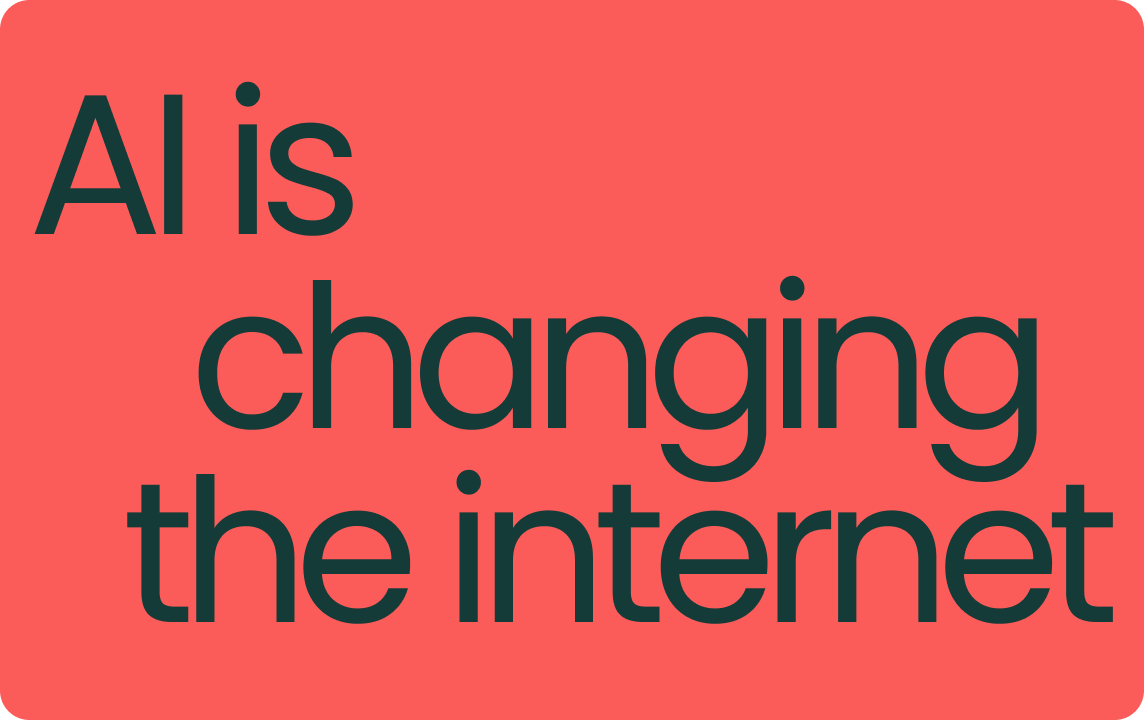A startup’s culture is a reflection of the founders - their values, their strengths, their weaknesses. This is a powerful differentiator from large corporations, which often struggle to define a culture beyond generic platitudes (there are exceptions to every rule, of course!).
So, how do you maintain culture as you scale? It’s no surprise that our founders had this question on their minds going into our Founder Summit 2024.
Every two years, Square Peg gathers our portfolio founders from across our investment geographies - Australia & New Zealand, Southeast Asia, and Israel, for a multi-day Summit. The event is designed to foster shared learning between founders and give attendees the opportunity to hear insights from a lineup of guest speakers who are outliers in their field. This year’s event featured Luis von Ahn (Co-founder & CEO of Duolingo), Reynold Xin (Co-founder & Chief Architect of Databricks), Kim Scott (best-selling author of Radical Candor), and Dr Alia Crum (Stanford Psychology Professor), to name a few.
On maintaining culture as a startup scales, the three tangible things our speakers shared that any founder could apply were:
1. Write down your operating principles. Share them widely and often
Unsurprisingly, every founder of a unicorn shared different operating principles that their company lived by. It shows that success can be achieved in many ways, but if you were to define the operating principles, they have to be authentic and lived by the founders for them to have any meaning or power.
Luis von Ahn shared the most important operating principle for Duolingo: “take the long view”. He recounted the story of the Groupon CEO, who, for the longest time, limited marketing to one email a day to their user base. He felt that any more and it would be too spammy. A product manager then challenged this notion: why not send two? Why not just A/B test it? Sure enough, sending two led to better results than one. Then, they tested three. Then four. Eventually, they A/B tested their way to sending eight emails a day to users. Suddenly, the entire email distribution channel died. It became spam. The moral of the story is that all your A/B tests and data could tell you to go one way, but if you take the long view in building a business, you can resist the temptation to do wrong by your users for short-term gain. You can find further details of this story in Lenny’s Newsletter post here.

Reynold Xin shared that one of Databricks’ operating principles is “put your peers’ interests ahead of your own team”. For people leaders who came from large companies, this was difficult because the incentives were always to defend your own turf and resources. This kind of behaviour inevitably led to different teams working on similar and redundant projects. Databricks could break leaders out of that thinking, incentivise them to identify where their teams might be duplicating work and free up that capacity.

A portfolio founder of ours spoke about the operating principle of “being customer-obsessed”. Their company had 400 Slack channels set up with customers directly. The founder spent half of their day looking through the customer feedback and talking directly with the customers. They also empowered any customer with issues to drag the founder into it and promised to respond.
2. Walk the floors
This advice was as simple as it was powerful. If your startup isn’t fully remote, one of the best ways for a founder or executive to spread the culture is to walk the floors of the office.
Kim Scott was an executive coach to Dick Costolo (ex-CEO of Twitter) and worked for Apple during Steve Jobs’ reign. She gave two examples of how these two leaders would “walk the floors” (also discussed in detail in her book Radical Candor).
Dick booked one hour per week to walk around the office and just say hello to different employees. One of my favourite anecdotes from Kim’s book is when Dick passed two employees complaining about dirty dishes in the sink. He took a moment to fix it as that was the culture he wanted to create at Twitter - he started to move the dishes himself. The employees were shocked but then started helping.
Steve Jobs used to just randomly turn up at an engineer’s desk and ask how they were going, skipping eight levels of reporting in the process and getting a pulse on issues directly from the source.

3. Define and build a strong hiring engine
Identify culture carriers within the company, no matter their role or seniority, and involve them in the hiring process. They can tell whether new hires will be a culture fit or not. Cristina Cordova (COO of Linear and early employee at Stripe) spoke about Stripe’s “bar raiser program”, where certain employees were designated to interview new hires because they were themselves so important to the culture. Amazon and Uber have similar programs. This is discussed in detail here.

Be upfront about the culture - every strength taken to an extreme can become a weakness. Your culture could be extremely hardworking (weakness: could lead to burnout), or metrics-driven (weakness: could miss the forest for the trees), or direct (weakness: could be perceived as harsh). Don’t shy away from that in the hiring process - talk about the strengths, but talk about the negatives. One of our portfolio founders learnt that it’s much better to have that hard conversation before you hire them. Those who opt-in know what they’re signing up for. Those who opt out save themselves and the company a lot of time.

.svg)


